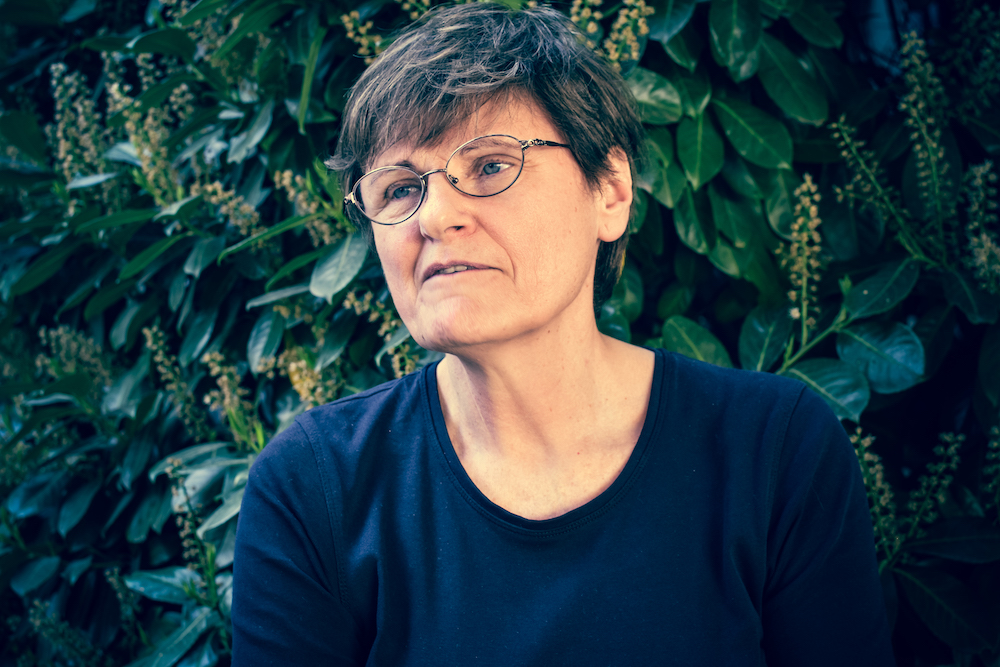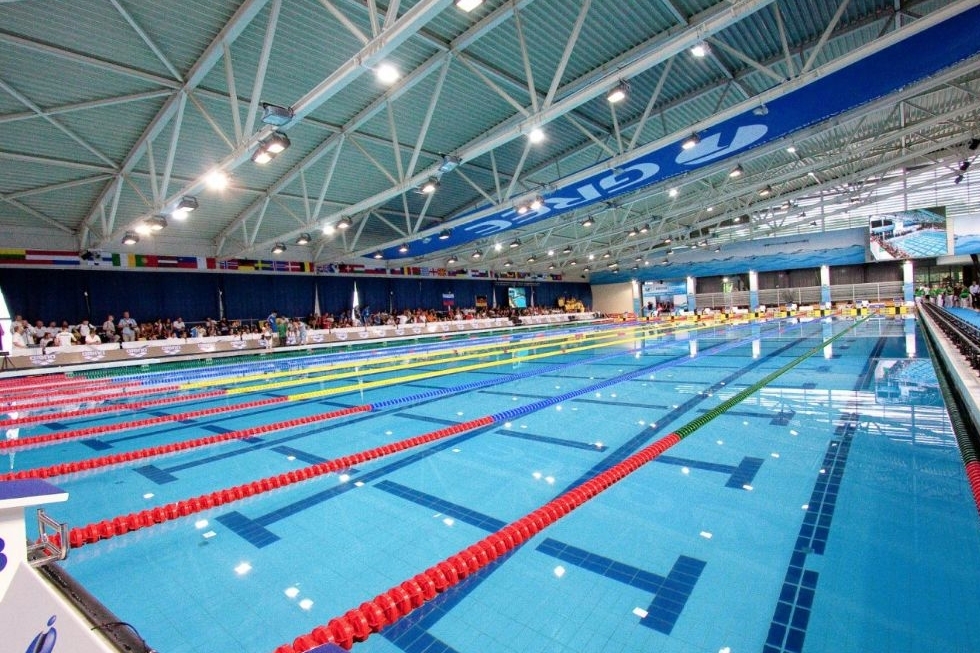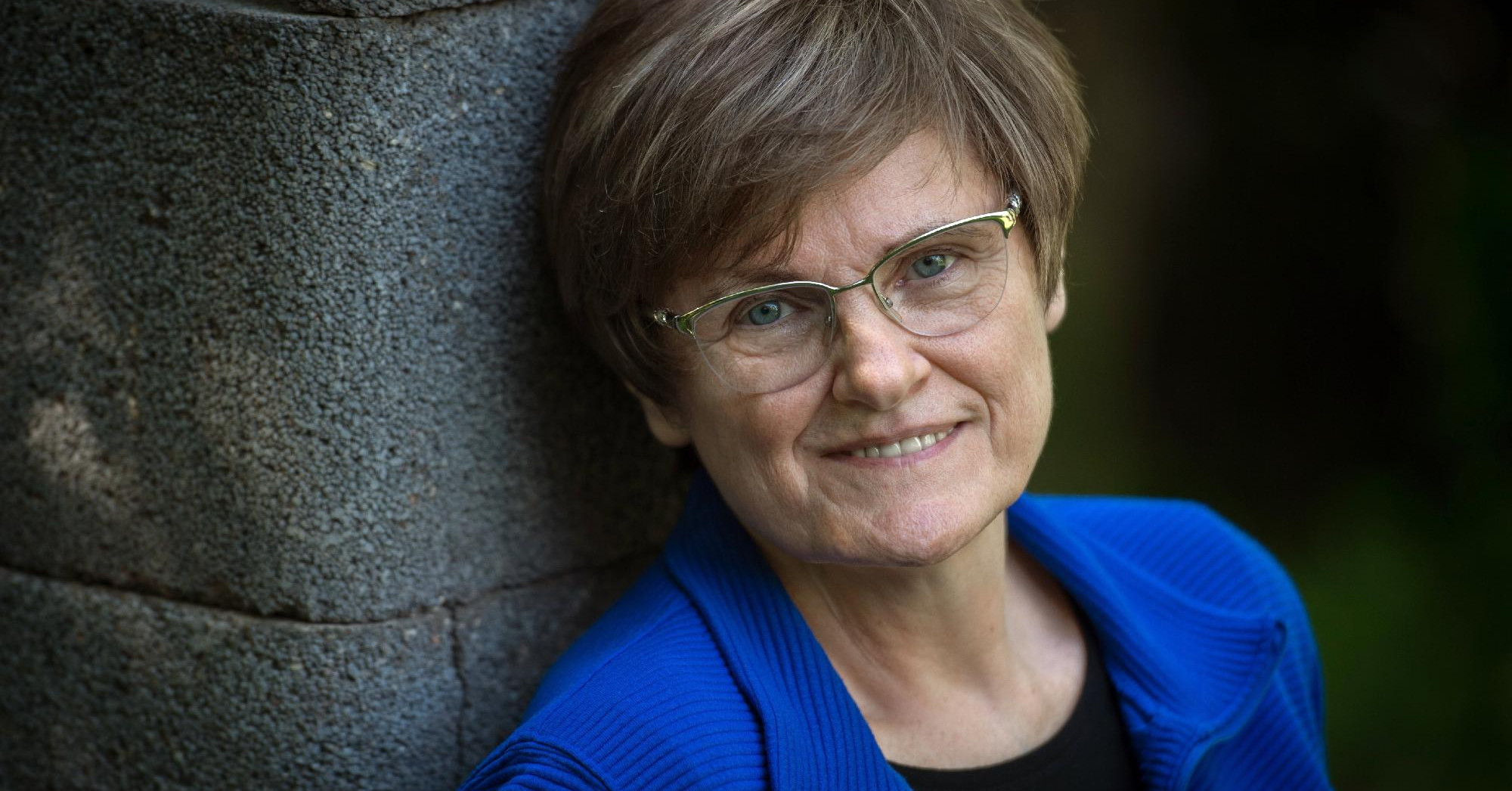He won the Nobel Prize on Monday Catalin Carrico And Drew Wisemanwho first published their results on mRNA technology in 2005.
The main problem with mRNA technology at the time was that if it was administered using a nanoparticle – a liposome – it caused an inflammatory reaction, and the body perceived it as a virus. The Karikos couple discovered how this interaction could be reduced by changing one of the bases – and Istvan Boldujokoi, a molecular geneticist and lead professor at the Institute of Medical Biology at the University of Szeged, summarized the discovery in Rijeli Gorz. From now on, it is a working technique that can be used in many different fields. Initially, the possibility of treating cancer was investigated, but due to the coronavirus pandemic, the focus shifted to vaccine development, Boldujkoy recalls.

Catalin Carrico
Photo: János Palinkas
Chemist and historian of science Istvan Hargitay said in a live broadcast that the fact that the results were published in 2005 and have now been recognized by the Nobel Committee is considered very rapid in the history of the award. Hargitay explained that Carrico would have been worse off if they had awarded him faster, because after the Nobel Prize, it would not have been appropriate to give him the many — relatively smaller — awards he could have received that way.
Today, very few scientists’ names are known to the general public, and in many cases they receive awards for research results that are difficult for ordinary people to understand, so according to Hargitay, the award is not only great for Carrico, but also for the scientists. Appreciation of science. Many people have become familiar with his name in recent years, and know what his discovery is connected to. BioNTech announced in June that about 1.5 billion people worldwide had received the mRNA vaccine co-developed with Pfizer, the company said. Free Europe.
Both Hargittai and Boldogkői emphasized that Karikou needed a lot of perseverance when he went to America. He had to fight his way all the way. The United States is not in Canaan either, the competition is huge, but at the same time, in the midst of battles and rejections, ideas can be implemented – said Boldogkoy about the scientific world there. He added that the fact that the business world in America is based on research and development, and the possibility of selling patents, is also very different from the process here.
Carrico faced many failures abroad, but he dealt with them with humor. Hargitay believes that if a researcher does not have failures, it means that he does not go to the limits of his abilities, interests and ideas.
Boldogkoy said that the award is wonderful from Hungary’s point of view, as Kesichalas High School, the University of Szeged, Karikou’s supervisor and the research institute there contributed to providing the basic knowledge necessary for this discovery.
Naturally, in such cases the question arises: was it possible to achieve this result at home? It is natural, according to Hargitay, for researchers to leave. The problem is that it is a one-way movement, even though it should be in two directions. According to him, the award could have a negative impact as the trend of underfunding could be reinforced by stating that significant results can be achieved with little support – while the research that led to the discovery was not carried out in Hungary.
You can listen to the two conversations by clicking on the players in the article.
Quick breakfast/interview with Zsolt Boldogkői
Quick Breakfast/Interview with Estevan Hargitay
October 3, 2023, at 7:12 a.m. and 7:20 a.m.,
Host: Janos Desi














































